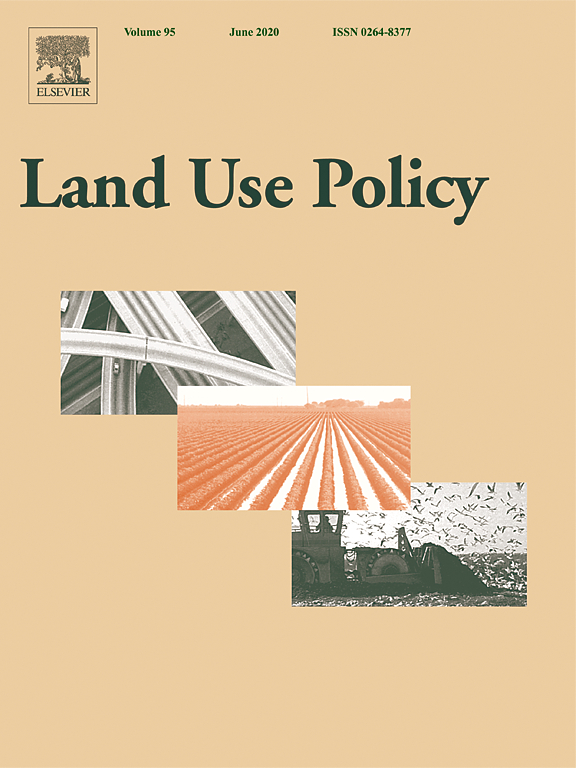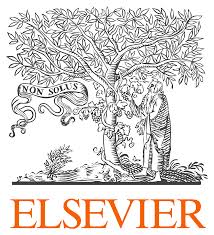Location
Land Use Policy is an international and interdisciplinary journal concerned with the social, economic, political, legal, physical and planning aspects of urban and rural land use. It provides a forum for the exchange of ideas and information from the diverse range of disciplines and interest groups which must be combined to formulate effective land use policies. The journal examines issues in geography, agriculture, forestry, irrigation, environmental conservation, housing, urban development and transport in both developed and developing countries through major refereed articles and shorter viewpoint pieces.
Land Use Policy aims to provide policy guidance to governments and planners and it is also a valuable teaching resource.
ISSN: 0264-8377
Members:
Resources
Displaying 226 - 230 of 279Supplying trees in an era of environmental uncertainty: Identifying challenges faced by the forest nursery sector in Great Britain
In recent years, numerous articles have addressed management strategies aimed at assisting forests to adapt to climate change. However, these seldom take into account the practical and economic implications of implementing these strategies, notably, supply of forest plants and seed.
The challenge of managing soil functions at multiple scales: An optimisation study of the synergistic and antagonistic trade-offs between soil functions in Ireland
Recent forecasts show a need to increase agricultural production globally by 60% from 2005 to 2050, in order to meet a rising demand from a growing population. This poses challenges for scientists and policy makers to formulate solutions on how to increase food production and simultaneously meet environmental targets such as the conservation and protection of water, the conservation of biodiversity, and the mitigation of greenhouse gas emissions.
Towards productive landscapes: Trade-offs in tree-cover and income across a matrix of smallholder agricultural land-use systems
One of the main causes of tropical forest loss is conversion to agriculture, which is constantly increasing as a dominant land cover in the tropics. The loss of forests greatly affects biodiversity and ecosystem services. This paper assesses the economic return from increasing tree cover in agricultural landscapes in two tropical locations, West Java, Indonesia and eastern Bangladesh. Agroforestry systems are compared with subsistence seasonal food-crop-based agricultural systems.
Fine-grained detection of land use and water table changes on organic soils over the period 1992⿿2012 using multiple data sources in the Drömling nature park, Germany
The construction of consistent time series of land use presents a key challenge when accounting for elective land use-based activities under the Kyoto Protocol (wetland drainage and rewetting (WDR), cropland management (CM) and grazing land management (GM)), in which current land use-driven greenhouse gas emissions are compared to a reference situation in 1990. This case study is the first to demonstrate the feasibility of using high-resolution land-use proxies from different datasets for Kyoto accounting in a data-rich case study region in Germany.
Spatial information in European agricultural data management. Requirements and interoperability supported by a domain model
Data compatibility and system interoperability are fundamental for crosswalks and collaboration between domains. The most frequently used references for information sharing are time and location. In order to understand the requirements, fundamental processes, and core information concepts of a domain, a comprehensive, but standardised documentation is needed. In spatial data infrastructures models presented in Unified Modelling Language (UML) are widely used to facilitate the uptake of standards and valorise best practices of various communities.



